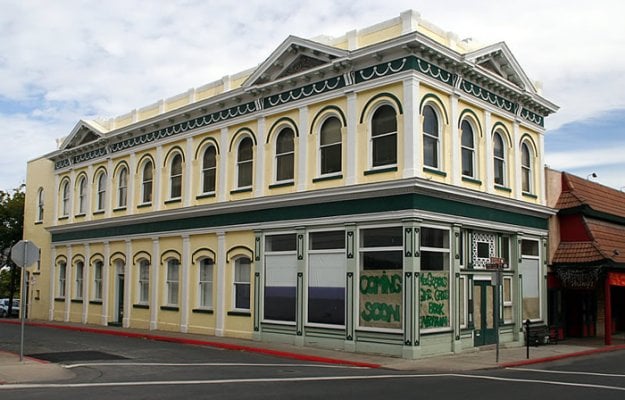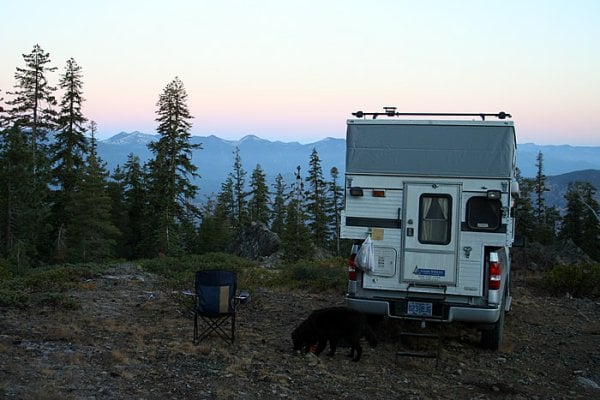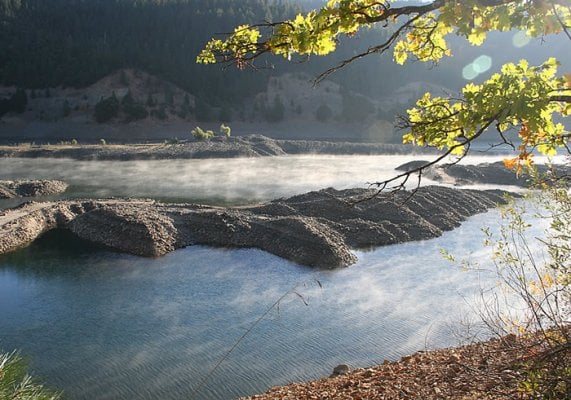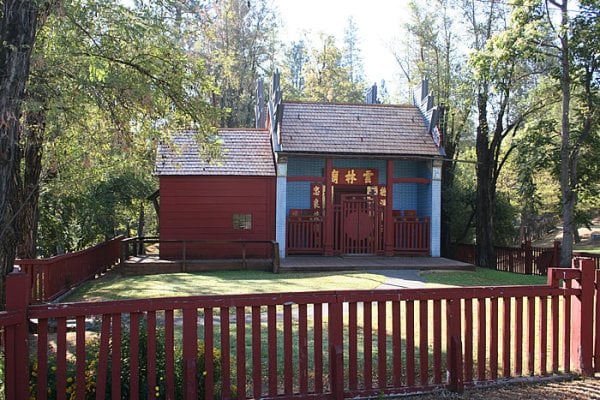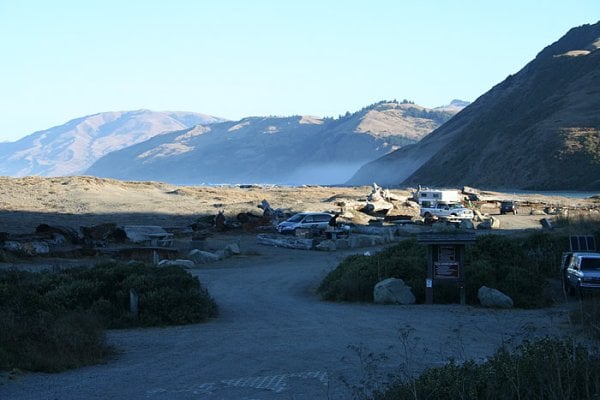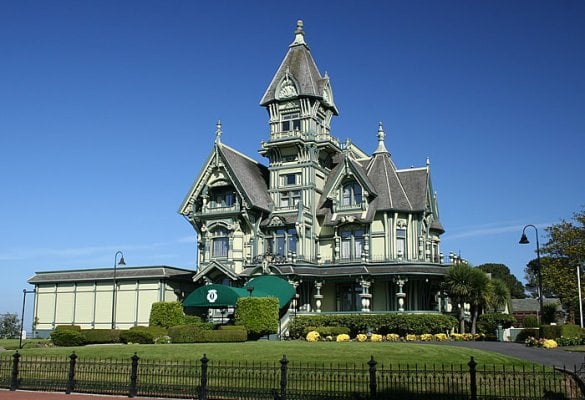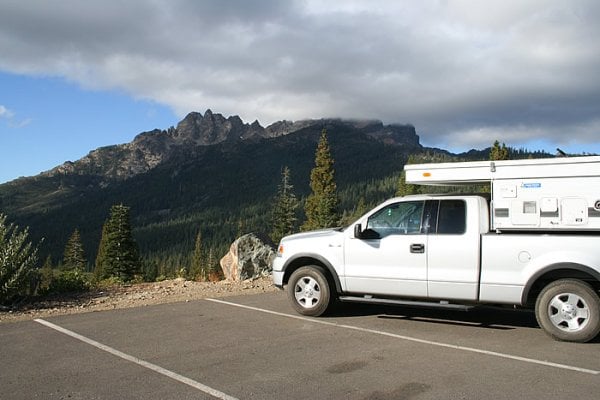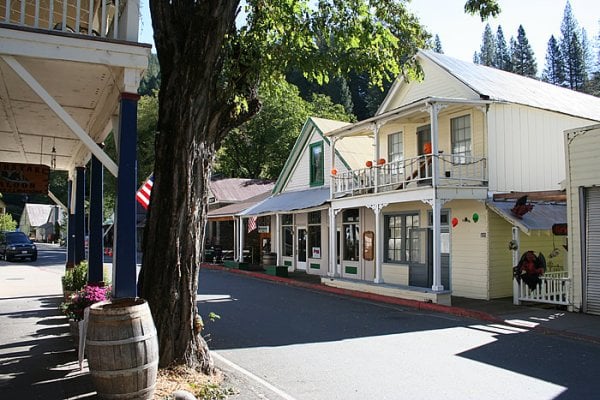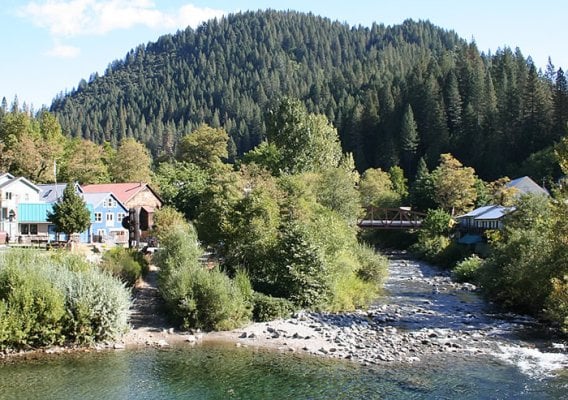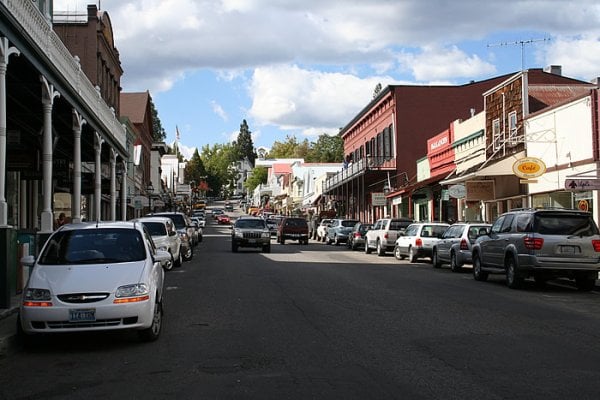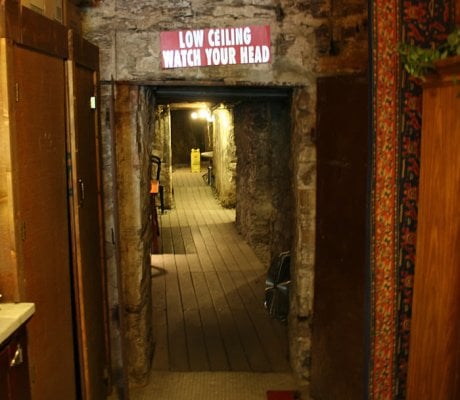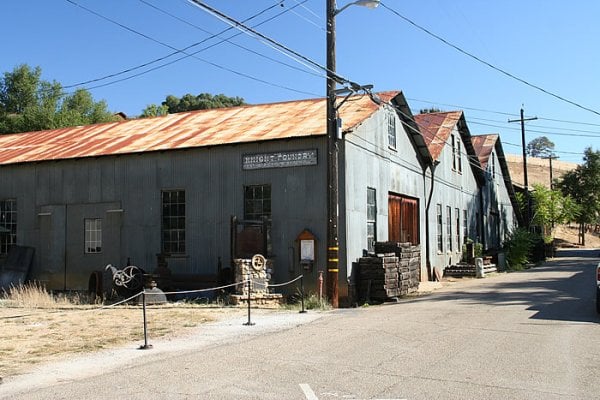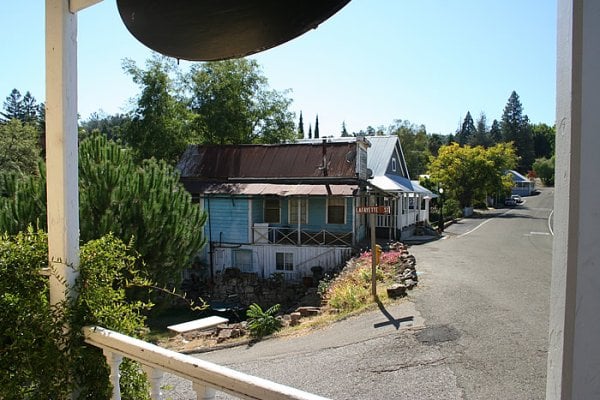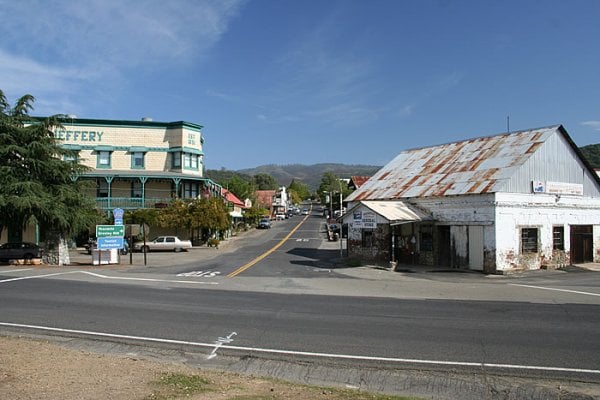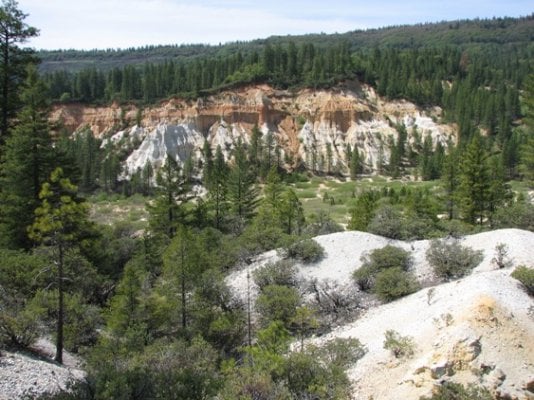This is a long overdue report for a trip to California in October of 2006. This was another photography trip in support of my other site Western Mining History. As usual on these trips, I set a punishing driving schedule and didn’t have much downtime. Still had a good time though, and saw lots of great stuff.
Day 1:
Drove south from Oregon to my first stop Yreka California. I had been to Yreka a few times growing up but had never appreciated the history of this old mining town. There are many Victorian mining-era buildings and homes here.
After Yreka I drove Highway 3 south into Scott Valley. This is a beautiful drive on the edge of the rugged Trinity Alps mountain range. Towns like Fort Jones and Etna are quiet and peaceful towns to visit. The Etna Brewery is always worth a stop. After Etna, I continued south on Highway 3 and camped on a dirt road near the highway summit.
More info: Yreka
Photos: Yreka California, Camping in the Trinity Alps
Day 1:
Drove south from Oregon to my first stop Yreka California. I had been to Yreka a few times growing up but had never appreciated the history of this old mining town. There are many Victorian mining-era buildings and homes here.
After Yreka I drove Highway 3 south into Scott Valley. This is a beautiful drive on the edge of the rugged Trinity Alps mountain range. Towns like Fort Jones and Etna are quiet and peaceful towns to visit. The Etna Brewery is always worth a stop. After Etna, I continued south on Highway 3 and camped on a dirt road near the highway summit.
More info: Yreka
Photos: Yreka California, Camping in the Trinity Alps

